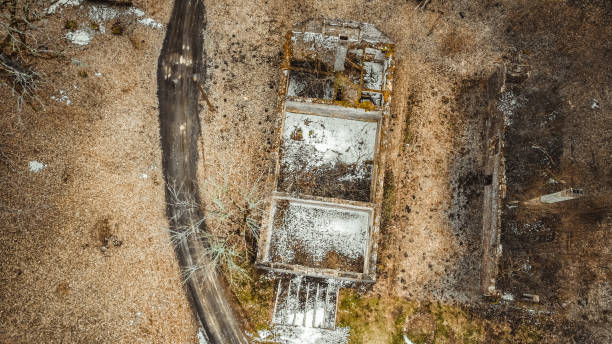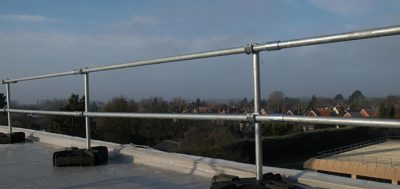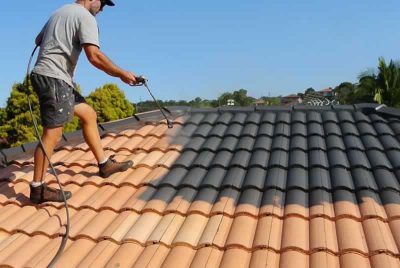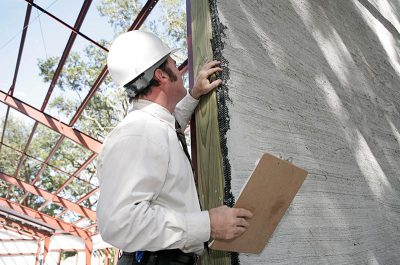24% of property damage claims involve water damage. The ceiling is a common place for water damage. Ceiling damage can also be caused by water.
If you notice cracks or discoloration in your ceiling, it is time to take action. This guide will help determine the cause of the damage and how to fix it.
Foundation Setting
Every new home goes through a period of adjustment. The foundation, walls and ceiling alignments are affected by changing weather conditions and humidity within the first few years of construction. Cracks can result.
If they follow the seams in the drywall, you’ll know there are settling cracks. They tend to be long and thin. These cracks can be repaired with compound and drywall tape.
Water Damage
A discolored ceiling is an indication of water damage. It could be mold or mildew growing. You must identify the source of water damage before you can fix it.
These ceiling repairs in sydney should be handled by a professional. They will be able to locate the source of the water and stop it from leaking. They will then be able to repair your ceiling and stop mold growth.
Truss Uplift
If exposed to high winds, your home may be subject to a truss lift. Wind can blow under your roof’s eaves, lifting it, which causes stress to the ceiling’s edge and cracks where it connects with the walls.
It can also occur when humidity and temperature changes. This can lead to swelling and shrinkage in the wood, which can stress the wall plates.
Inside ceiling repairs require more than fixing visible cracks. You will need to attach metal connecting ties to your wall plates. You can then repair any visible cracks using caulking or drywall compound.
Plaster Construction
Plaster ceilings are common in older homes. Cracks in ceilings are normal in older homes that have plaster ceilings. This is because the ceiling was constructed. Due to changing humidity, the wood laths underneath the plaster may move.
Plaster can also shrink. You could have many hairline cracks in your ceiling due to these two factors. These can be easily repaired with a drywall compound.
Fix Your Ceiling Damage
The first step in fixing ceiling damage is to identify the source. This will allow you to determine if cracks result from larger problems. You can fix cracks quickly if they aren’t too serious.
You can quickly address the larger problem if your cracks indicate something else. You will save money by making repairs and preventing more damage.






